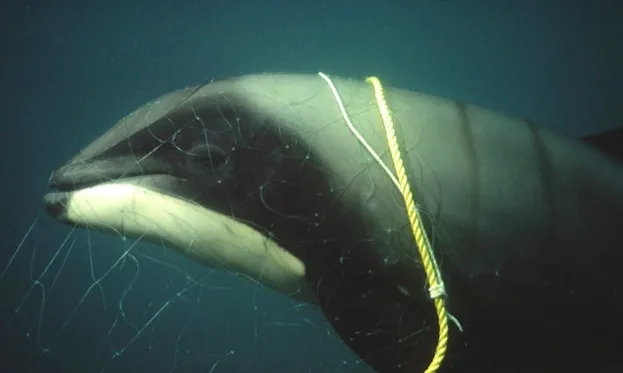Whale and Dolphin Conservation (WDC) are calling on the New Zealand government to fulfil their 2017 election promise to protect the Endangered Hector’s dolphin and a subspecies of Hector’s dolphin, the Critically Endangered Māui dolphin.
Protected areas for the dolphins were designated in 2008, however WDC say that these are woefully inadequate. Cook Strait and Taranaki Bight were not included, due to a lack of data.
New data collected via a sightings app shows a five-fold increase in the sightings of Hector’s dolphins around the top of the South Island, from 45 to 227, indicating that the area is an important habitat for them.
“New Zealand has an important international reputation on conservation issues, but is utterly failing these little dolphins, which are found nowhere else on Earth,” says Mike Bossley, WDC research fellow emeritus. “If the government doesn’t take decisive action now, they will be responsible for a mammal extinction.”
Hector’s and Māui dolphins are New Zealand’s only endemic cetaceans, and there are fewer than 60 of the latter remaining.
Both dolphins are threatened by set nets and trawling in coastal regions.
Earlier this year, a Hector’s dolphin was found dead at Rabbit Island (a small island located in Tasman Bay, at the north of South Island). The official cause of death was stated as suffocation in a set net.

WDC believes that the new data “gives the government a fresh incentive to fulfil their election promises to increase protection and make the transition to selective fishing methods that are better for the entire inshore ecosystem.”

